Pears are among the most beloved fruits globally, celebrated for their sweet, juicy flavor and soft, grainy texture. Used in everything from fresh snacks to gourmet desserts and preserves, pears have secured a lasting spot in global agriculture and cuisine. But have you ever wondered—where does the world get most of its pears? This article explores the leading pear-producing countries, the global trade flow, climate advantages, cultivation techniques, and how global demand influences where and how pears are grown.
Global Pear Production at a Glance
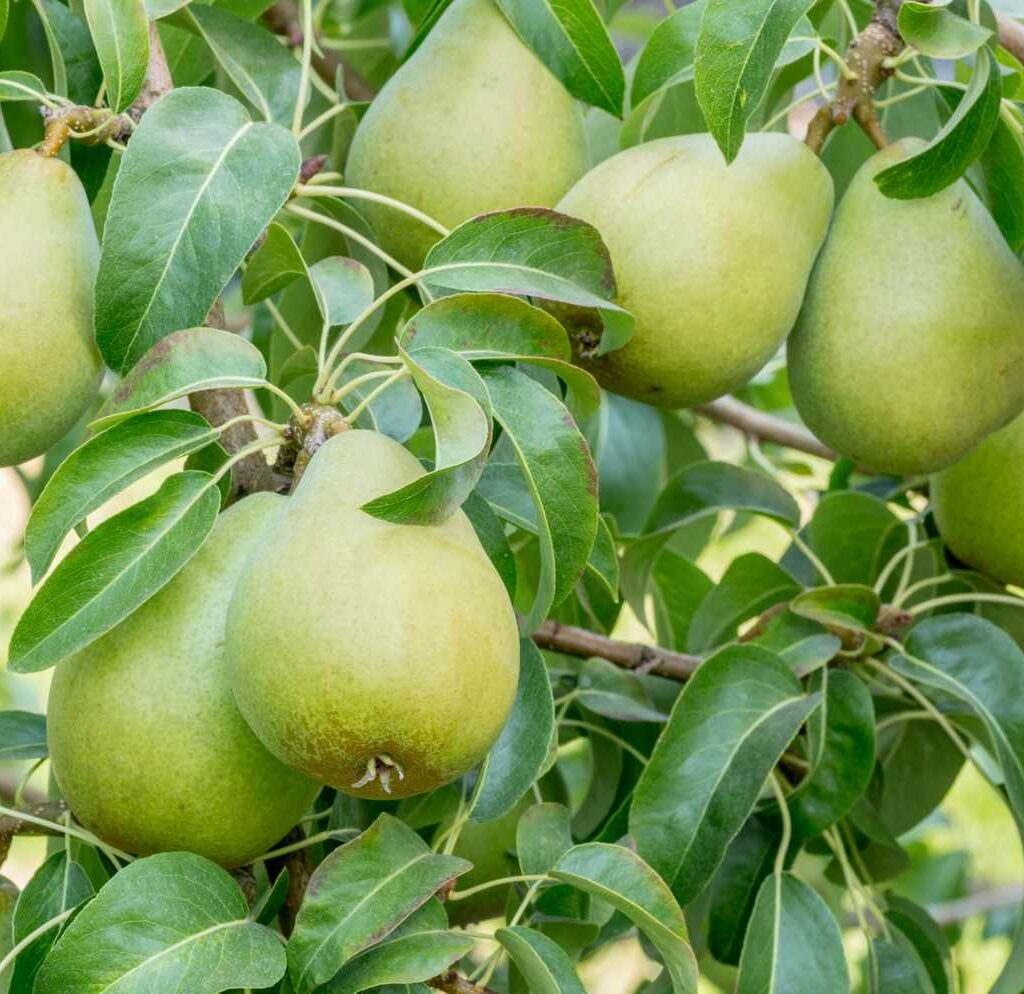
Pears belong to the genus Pyrus and are cultivated primarily in temperate regions. According to the Food and Agriculture Organization (FAO), the world produces over 24 million metric tons of pears annually. Pear production is concentrated in a few key countries with the ideal climate and infrastructure to support large-scale orchards. The top producers are China, Argentina, the United States, Turkey, and Italy.
1. China: The Undisputed Global Leader
China is, by far, the largest producer of pears in the world. It accounts for over 65–70% of global pear production—producing more than 17 million metric tons annually. Several factors contribute to China’s dominance:
- Diverse Climate Zones: From temperate to subtropical zones, China offers varied climates perfect for growing multiple pear varieties such as Ya, Xinjiang, and Snow pears.
- Agricultural Focus: China has invested heavily in agricultural modernization, using technology and advanced irrigation systems to enhance yield.
- Domestic Consumption: Pears are an integral part of the Chinese diet and are also widely used in traditional medicine.
The provinces of Hebei, Shandong, and Shaanxi are key growing areas. China also exports large quantities to Southeast Asia, Russia, and parts of Europe and North America.
2. Argentina: The Southern Hemisphere Powerhouse
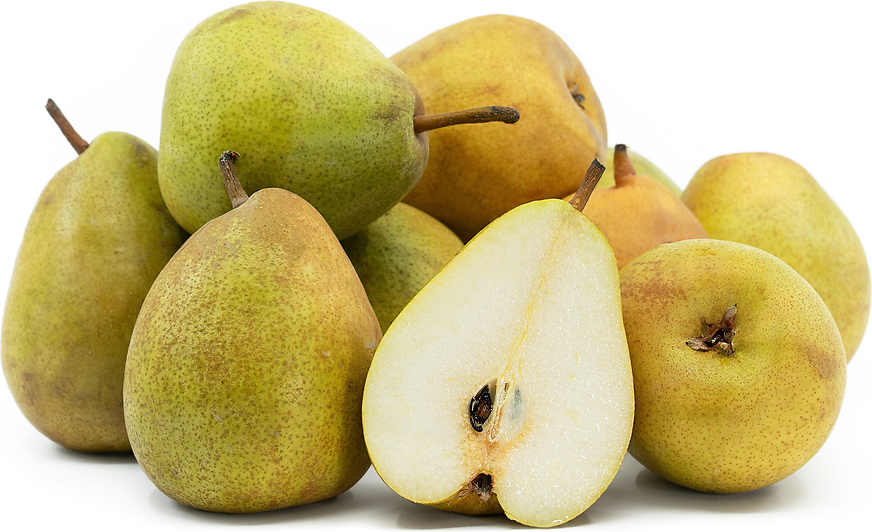
Argentina ranks second in global pear exports and is the leading producer in the Southern Hemisphere. The country grows approximately 700,000–800,000 metric tons of pears annually, primarily in the Patagonia region, particularly Río Negro and Neuquén provinces.
- Seasonal Advantage: Being in the Southern Hemisphere, Argentina supplies fresh pears during the northern off-season (December to March), giving it a strong export advantage.
- Focus on Quality: Argentine pears like the Williams (Bartlett), Packham’s Triumph, and D’Anjou varieties are prized for their high quality and appearance.
Argentina’s major export destinations include Brazil, Russia, the United States, and the European Union.
3. United States: High-Quality Production and Innovation
The U.S. is a significant pear producer, especially in the Pacific Northwest. States like Washington, Oregon, and California are known for their robust pear orchards. Annual production averages around 600,000–700,000 metric tons.
- Technology-Driven Farming: The U.S. pear industry benefits from advanced agricultural practices, including drip irrigation, pest control, and controlled atmosphere storage.
- Key Varieties: Bartlett, Bosc, Comice, and Anjou are the most commonly grown varieties, with Bartlett pears accounting for the largest share.
- Exports and Domestic Use: The U.S. both consumes and exports its pears, particularly to Canada, Mexico, and the Middle East.
4. Turkey: A Growing Market with Deep Roots
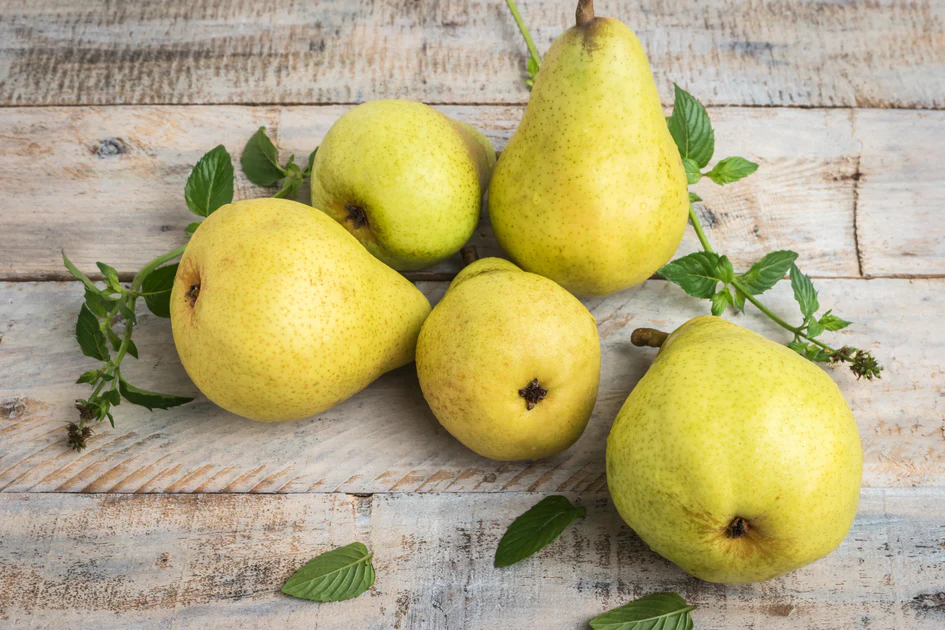
Turkey is another major producer, contributing more than 500,000 metric tons of pears annually. The country’s long-standing agricultural traditions, combined with a favorable Mediterranean climate, make it ideal for pear cultivation.
- Traditional and Commercial Varieties: While Turkey grows a variety of local and heirloom pear types, it also cultivates international favorites like Santa Maria.
- Strong Domestic Demand: Pears are popular in Turkish diets and often used in sweets, jams, and fresh consumption.
- Exports: Turkey exports pears mostly to European markets, including Germany and the Netherlands.
5. Italy: Quality Over Quantity
Though Italy produces a lower volume than the top four (around 400,000–500,000 metric tons), its emphasis on premium varieties and high standards makes it a vital player in the global pear trade.
- Regions of Note: Emilia-Romagna is the heartland of Italian pear production.
- Export Market: Italian pears are exported widely throughout Europe and the Middle East.
- Premium Varieties: Abate Fetel, Conference, and Williams are prized for their texture, aroma, and long shelf life.
Italy’s focus on sustainable farming and PDO (Protected Designation of Origin) practices enhances its brand globally.
Global Pear Trade and Export Markets
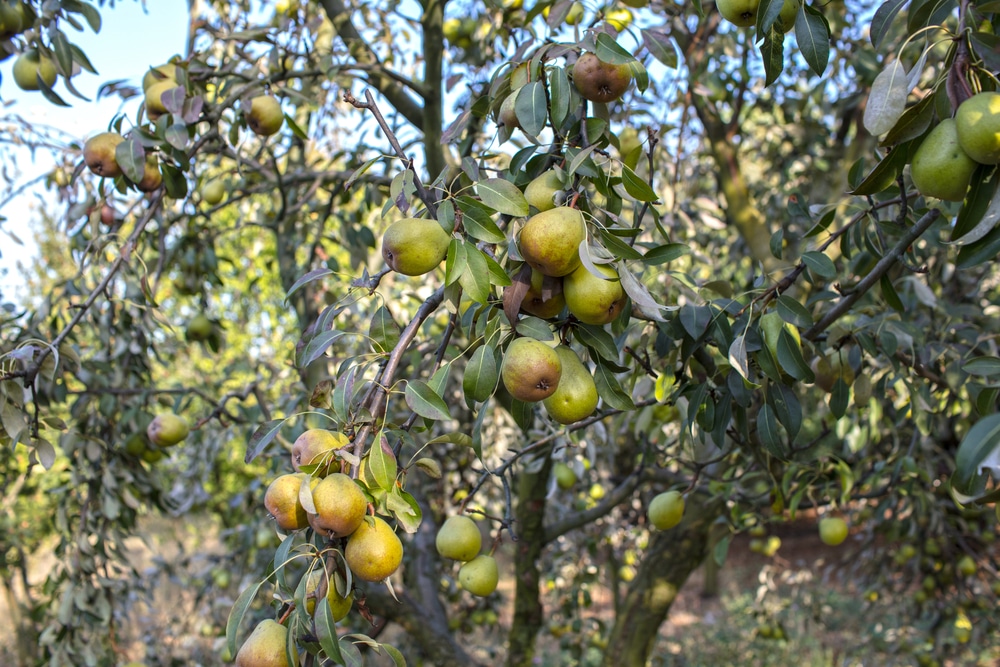
While China produces the lion’s share of the world’s pears, it exports only a fraction due to high domestic consumption. In contrast, countries like Argentina, the U.S., and the Netherlands are export-oriented. Pear trade routes often follow seasonal availability and complementary growing seasons between the Northern and Southern Hemispheres.
Major Importing Countries:
- Russia: A top importer, sourcing pears from Argentina, China, and Turkey.
- Germany: One of the largest importers in Europe, especially from Italy and the Netherlands.
- Brazil: A strong market for Argentine pears.
- United Kingdom: Imports pears primarily from European producers.
Factors Affecting Pear Production and Trade
Several key factors influence pear production and international trade:
- Climate Conditions: Pear trees require a specific number of chill hours, and sudden frost can damage crops. Therefore, stable climates are favored.
- Irrigation and Water Supply: Water-intensive crops like pears rely on effective irrigation systems.
- Pest and Disease Control: Fire blight and codling moths are major threats.
- Global Logistics: The ability to store and transport pears in a controlled atmosphere has revolutionized export opportunities.
- Trade Policies: Tariffs, embargoes, and phytosanitary regulations shape global trade flows.
Sustainability and Future Outlook
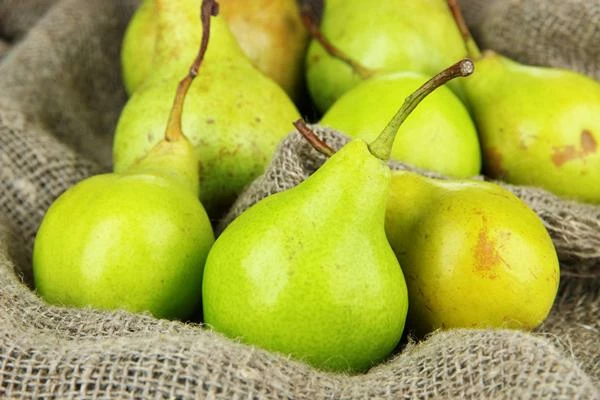
As environmental concerns grow, pear producers are increasingly adopting sustainable practices such as:
- Integrated pest management
- Water conservation
- Use of biodegradable packaging
- Crop rotation to maintain soil health
China is expected to maintain its dominance, but countries like Argentina and South Africa are gaining ground with off-season production advantages. Climate change, however, may shift growing zones and require adaptation.
Conclusion
So, where does the world get most of its pears? The answer is unequivocally China—responsible for nearly three-quarters of global output. However, the global pear supply chain is a finely balanced network of high-output and high-quality producers. While China feeds a massive domestic market, countries like Argentina, the U.S., Turkey, and Italy fuel global exports with distinct advantages, from seasonal supply to premium branding.
As pear consumption continues to grow, driven by health trends and culinary diversity, we can expect continued innovation in cultivation and trade—ensuring that this ancient fruit remains a global staple for years to come.



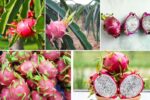

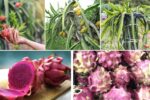
Leave A Comment